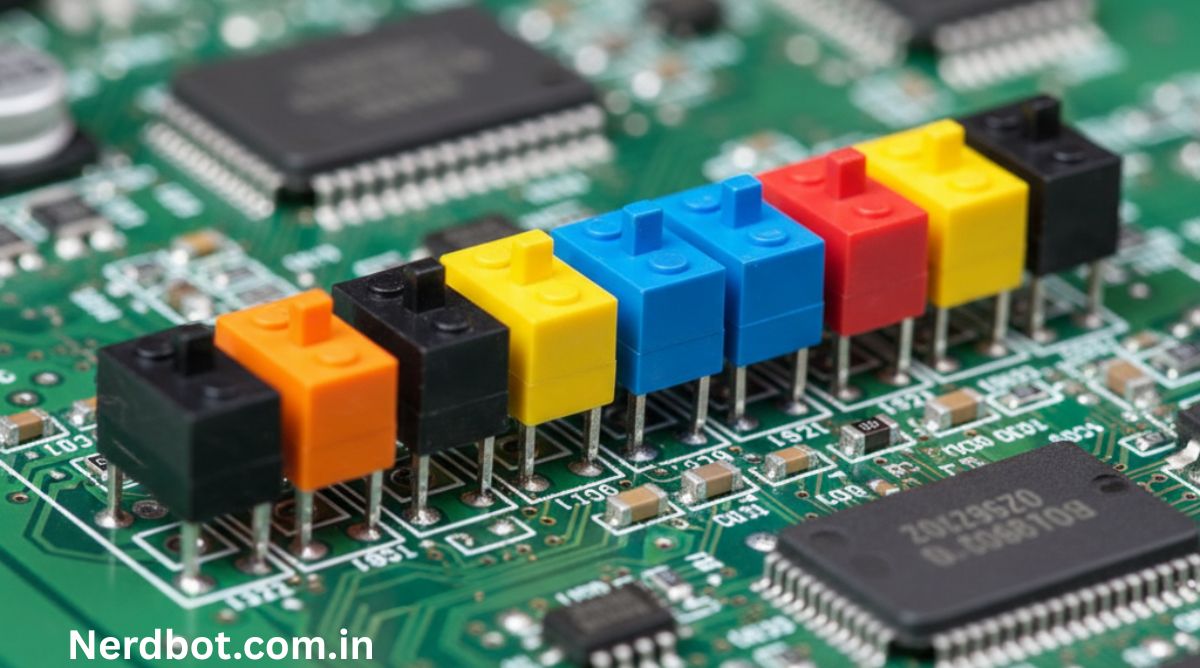In today’s modern homes, air conditioning has become a necessity rather than a luxury. With increasing temperatures and more people working from home, the demand for air conditioners (ACs) has surged significantly. A common question that arises among homeowners and apartment dwellers is: Can we use 2 AC in single phase?
The simple answer is yes, but there are several important factors to consider before doing so. This detailed article will guide you through all the aspects related to using two ACs on a single-phase power supply, including the technical feasibility, risks involved, safety measures, and expert tips to manage power efficiently.
Understanding Single-Phase Power Supply
Before jumping into the main topic, it is crucial to understand what a single-phase power supply is.
Single-phase power is the standard electricity supply for most homes. It delivers alternating current (AC) through two wires — one live (hot) and one neutral. In India and many other countries, the standard single-phase voltage is 230V at 50Hz.
Single-phase systems are designed for:
- Light electrical loads
- Typical home appliances like lights, fans, refrigerators, and small air conditioners
It is generally sufficient for small to medium-sized homes, but large appliances that draw high current require careful load management.
Can We Use 2 AC in Single Phase?
Yes, you can use 2 AC units in a single-phase supply, but it depends on:
- The capacity of the air conditioners
- The total connected load on the phase
- The wiring and circuit breaker ratings
- The sanctioned load provided by the electricity board
If these factors are properly accounted for, running two ACs simultaneously on a single-phase connection is very much possible without any issue.
Key Factors to Consider
Here’s a detailed look at the most important considerations before using two ACs on a single phase:
1. Total Load Calculation
First, calculate the total electrical load.
For example:
- A 1-ton AC consumes around 1.2 kW.
- A 1.5-ton AC consumes around 1.8 kW.
If you have two 1.5-ton ACs, the total load would be:
1.8 kW + 1.8 kW = 3.6 kW
Now add the load of other appliances like lights, fans, refrigerator, washing machine, etc.
If your total load exceeds the sanctioned load (often 5kW or 7kW for residential single-phase connections), you might experience issues like:
- Tripping of circuit breakers
- Overloading
- Voltage drops
- High electricity bills
2. Sanctioned Load by Electricity Board
Every house has a sanctioned load — the maximum load permitted by the electricity board. You must ensure your total consumption stays within this limit.
If necessary, you can apply for load enhancement to increase your sanctioned load limit. It usually requires a small fee and paperwork.
3. Quality of Wiring
Old or poor-quality wiring can lead to:
- Overheating
- Short circuits
- Fire hazards
Ensure your house wiring is capable of handling the increased load. It’s recommended to use at least 4 mm² copper wires for air conditioners and a separate circuit with its own MCB (Miniature Circuit Breaker).
4. MCB Ratings
Use appropriately rated MCBs for AC units. Typically:
- 16A MCB for 1-ton AC
- 20A MCB for 1.5-ton AC
- 25A MCB for 2-ton AC
Separate MCBs for each AC unit improve safety and prevent overload situations.
5. Power Factor Correction
Running two ACs may lower your power factor, which can lead to inefficient electricity usage. Some energy providers charge penalties for low power factors. Using capacitors or power savers can help maintain a good power factor.
Risks of Using 2 ACs on Single Phase Without Planning
If you use two ACs on a single-phase supply without considering the factors mentioned above, you may face:
- Frequent power tripping
- Damage to appliances
- Increased electricity bills
- Fire hazards due to overheating wires
- Reduced lifespan of ACs and other electronics
Hence, proper load management and expert consultation are crucial before proceeding.
How to Safely Use 2 AC in Single Phase
Here are practical steps to safely operate two ACs on a single-phase connection:
- Get a Load Audit: Hire an electrician to calculate your total home load.
- Upgrade Electrical Wiring: Use thicker copper wires and proper earthing.
- Install Dedicated Circuits: Each AC must have its own circuit and MCB.
- Stagger Usage: If possible, avoid running both ACs at full load simultaneously.
- Use Energy-Efficient ACs: Choose 5-star rated or inverter ACs that consume less power.
- Monitor Electricity Bills: Keep an eye on usage spikes that may indicate overload.
Is It Better to Shift to Three-Phase Connection?
If your home requires frequent heavy appliance use (like two ACs, water heaters, induction cooktops, etc.), you might want to consider upgrading to a three-phase connection.
Advantages of a three-phase supply:
- Better load distribution
- Less voltage drop
- Ability to run heavy appliances easily
- Reduced chances of overload
However, for most normal households using two ACs only for limited hours, a properly managed single-phase connection is sufficient.
Expert Opinions
Many electricians and HVAC experts agree that:
- Single-phase connection is enough for two ACs, provided you do not overload it.
- Proper wiring and circuit protection are mandatory.
- Load enhancement might be needed if you plan to add more high-power appliances in the future.
Most importantly, professional installation and consultation are key to avoid problems.
Energy Efficiency Tips When Using Two ACs
Running two ACs can lead to high electricity bills. Follow these energy-saving tips:
- Use ACs smartly: Set temperature between 24°C to 26°C for optimal cooling and savings.
- Use ceiling fans: Help distribute cool air, reducing load on ACs.
- Close doors and windows: Prevent loss of cooled air.
- Service ACs regularly: Clean filters and service units twice a year.
- Use inverter technology: Inverter ACs adjust cooling according to room temperature and save electricity.
- Switch off ACs when not needed: Avoid running empty rooms’ ACs.
These practices ensure that running two ACs does not burn a hole in your pocket.
Real-Life Examples
Example 1: Apartment in Delhi
A family in a 2BHK flat in Delhi runs two 1.5-ton inverter ACs on a single-phase 5kW sanctioned load. They upgraded their wiring and installed separate circuits. They use both ACs during peak summer for 6-8 hours a day without issues.
Example 2: Villa in Bangalore
In a villa, the owner upgraded from single-phase to three-phase due to multiple ACs (4 units), washing machines, and an oven. For two ACs, he managed easily on single-phase initially with 7kW sanctioned load.
Frequently Asked Questions (FAQs)
Q1. Will two ACs overload my meter?
A1. If your total load stays within the sanctioned limit, it won’t. Otherwise, you may face tripping or have to pay penalties.
Q2. Can I run both ACs together at night?
A2. Yes, if the wiring and sanctioned load are sufficient, there is no problem running both ACs simultaneously.
Q3. Should I inform the electricity board if I install another AC?
A3. It’s advisable if it increases your total load significantly. Otherwise, it may not be necessary for moderate use.
Q4. Which is better for two ACs: single phase or three phase?
A4. Single phase is sufficient for limited use. For heavy and multiple appliances, three phase is better.
Q5. Will using two ACs together damage them?
A5. No, provided proper wiring and load management are ensured.
Conclusion
In conclusion, the answer to the question can we use 2 AC in single phase is a definite yes, provided that proper load calculations, electrical wiring standards, circuit protections, and energy-efficient practices are followed. For most standard households, a well-maintained single-phase supply can easily handle two air conditioners.
However, safety should always be a priority. Consulting a qualified electrician before installation ensures not only the safety of your appliances but also the safety of your family.
With the right planning and smart usage, you can enjoy a cool and comfortable environment in your home without any worries!










